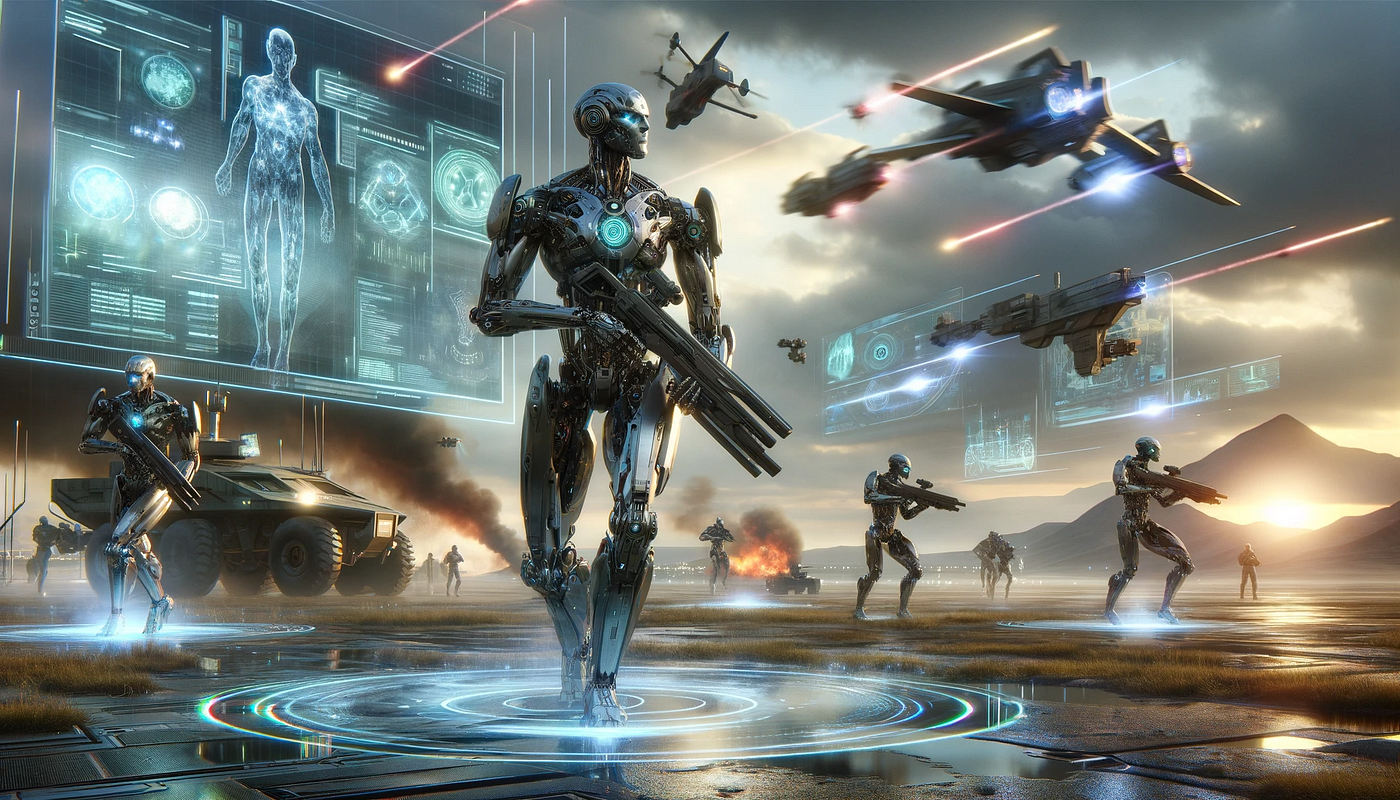In recent years, the concept of digital twin AI models has become a pivotal innovation in the realm of aerospace. These models, which are virtual replicas of physical entities, enable stakeholders to simulate, predict, and optimize processes in a risk-free environment. The integration of artificial intelligence with digital twins has accelerated advancements in aerospace exploration, making it more efficient and reliable.
The aerospace industry is constantly evolving, and the implementation of digital twin AI models has become essential for enhancing the design, testing, and maintenance of aircraft and space vehicles. These models provide a comprehensive and dynamic simulation platform that mirrors the real-world counterpart in real-time. By leveraging the power of AI, these digital twins can predict potential failures, optimize performance, and reduce operational costs.

Understanding the Concept of Digital Twins
A digital twin is essentially a virtual model of a physical object or system. It acts as a bridge between the digital and physical worlds, allowing for seamless data exchange and interaction. In the aerospace industry, digital twins are used to replicate aircraft, satellites, and other space-faring vehicles, enabling engineers to monitor and analyze their performance without physical intervention.
The Role of AI in Digital Twin Models
Artificial Intelligence plays a crucial role in enhancing the capabilities of digital twin models. AI algorithms process vast amounts of data collected from sensors and IoT devices, enabling real-time analysis and decision-making. This integration allows digital twins to not only simulate current operations but also predict future scenarios, thus improving safety and efficiency.
Applications of Digital Twin AI Models in Aerospace
The implementation of digital twin AI models in aerospace has transformed the industry in numerous ways. From optimizing flight routes to predicting equipment failures, these models have become indispensable tools for aerospace engineers.
Enhancing Aircraft Design and Testing
In the design phase, digital twin AI models allow engineers to create virtual prototypes of aircraft, enabling them to test different configurations and materials without the need for physical prototypes. This approach significantly reduces development time and costs, while also ensuring that the final product meets all safety and performance standards.
Predictive Maintenance and Optimization
One of the most significant advantages of digital twin AI models is their ability to predict maintenance needs and optimize performance. By analyzing data from sensors embedded in aircraft, AI-driven digital twins can identify potential issues before they escalate, allowing for timely maintenance and reducing downtime.
Improving Space Missions
In the realm of space exploration, digital twin AI models have proven invaluable. These models enable mission planners to simulate various scenarios, evaluate risks, and optimize mission parameters. This capability is crucial for ensuring the success of complex space missions and minimizing the risk to human life and equipment.
The Future of Digital Twin AI Models in Aerospace
As technology continues to advance, the future of digital twin AI models in aerospace looks promising. The ongoing development of AI algorithms and data analytics tools will further enhance the capabilities of digital twins, allowing for even more accurate simulations and predictions.
Integration with Emerging Technologies
The integration of digital twin AI models with emerging technologies such as edge computing and blockchain will further revolutionize the aerospace industry. These technologies will enable faster data processing and secure data sharing, enhancing the overall performance and reliability of digital twins.
Expanding Applications in Aerospace
In the coming years, the applications of digital twin AI models in aerospace are expected to expand beyond aircraft and space vehicles. These models will likely be used in air traffic management, satellite communications, and even space tourism, opening new horizons for innovation and exploration.
Conclusion
The integration of digital twin AI models in aerospace has ushered in a new era of innovation and efficiency. By providing a virtual platform for simulation, prediction, and optimization, these models have transformed the way aerospace engineers design, test, and maintain aircraft and space vehicles. As technology continues to evolve, the potential applications of digital twins in aerospace are boundless, promising a future of safer, more efficient, and more cost-effective exploration.

Frequently Asked Questions
What are digital twin AI models?
Digital twin AI models are virtual replicas of physical entities that use artificial intelligence to simulate, predict, and optimize processes in real-time.
How do digital twin AI models benefit the aerospace industry?
These models enhance aircraft design, predict maintenance needs, and improve space mission planning, reducing costs and increasing efficiency.
What is the future of digital twin AI models in aerospace?
The future looks promising with potential applications expanding to air traffic management, satellite communications, and space tourism, driven by advancements in AI and emerging technologies.

